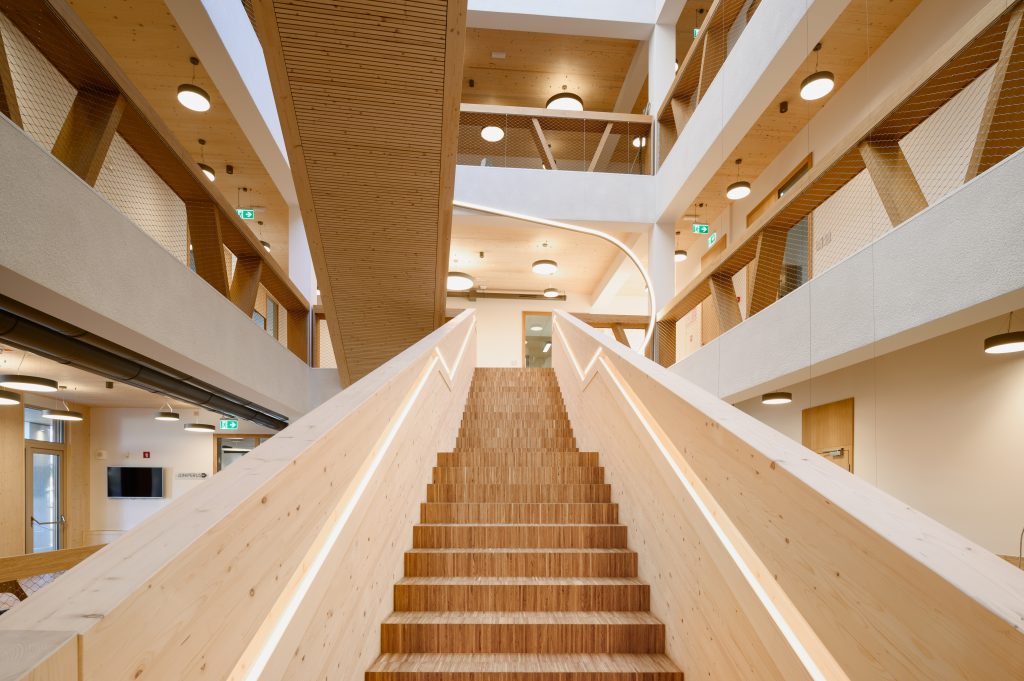
January 7, 2026

Wood and wood-based products are vital to climate change mitigation. From our forests to the buildings we live and work in to the products we use each day, wood serves society in many ways. But there are opportunities for wood—especially wood-based products in construction and furniture—to do more. If long-life wood-based products are made, used, collected, re-processed and re-used, we can extend the storage duration for their embedded carbon and not release it back into the atmosphere. Although each step along the value chain is important for addressing climate change, the WoodCircus project focused on the collection, re-processing and re-use phase.
The later phases of a product’s life—after its first use—are a critical part of the circular economy. Although the circular economy begins with resource extraction, product design and manufacturing, one of the most challenging circular value chain segments to implement begins with collecting end-of-life materials, returning them to a suitable facility for re-processing and eventual re-entry into the market. The many obstacles to this include financial constraints, innovation gaps, policy barriers, industrial tradition and lack of demand for circular solutions.
However, where there are obstacles, there are scientists and early adopters eager to overcome them. This is where the WoodCircus project began. Formally known as “Underpinning the vital role of the forest-based sector in the circular economy,” this Horizon 2020 project sought to promote the contributions of wood-based value chains to the circular economy in Europe. The project focused on identifying current best practices and strengths in the industry, the barriers it faces, and the potential for policy to aid the growth of circular practices in woodworking industries.
WoodCircus approached its European-wide effort by first identifying companies in four macro-regions: Northern, Southern, Western and Eastern Europe. Those companies were then interviewed to formulate a detailed strengths, weaknesses, opportunities and threats (SWOT) analysis for each region and Europe as a whole. Later, the project identified the leading circular practices in Europe to develop its Good Practices Catalogue , which presents both generalized and specific good practices along with their potential for transfer to other European regions and ability to increase the sector’s overall circularity. Based on these results and many others from the project, the consortium produced the “WoodCircus White Paper 2040: European woodworking industries are the green engine of sustainable growth,” available in 11 languages and a mobile version. This publication outlines the current state of circularity in the sector and provides recommendations to policymakers, industry members, academics and other stakeholders to take action to improve circularity in Europe’s woodworking industries.
Although the project has come to an end, I know the partners will continue working on this important topic. At InnoRenew CoE, we continue to work hard on circularity. It is a topic well-suited for InnoRenew CoE’s interdisciplinary team as it requires actors from wood processing and wood science, logistics and optimization, policy, innovation, economics, engineering and many other areas of expertise to work together to find systemic solutions that are applicable across Europe and beyond.
A few of InnoRenew CoE’s related active projects and papers are linked below.
PROJECTS
PAPERS